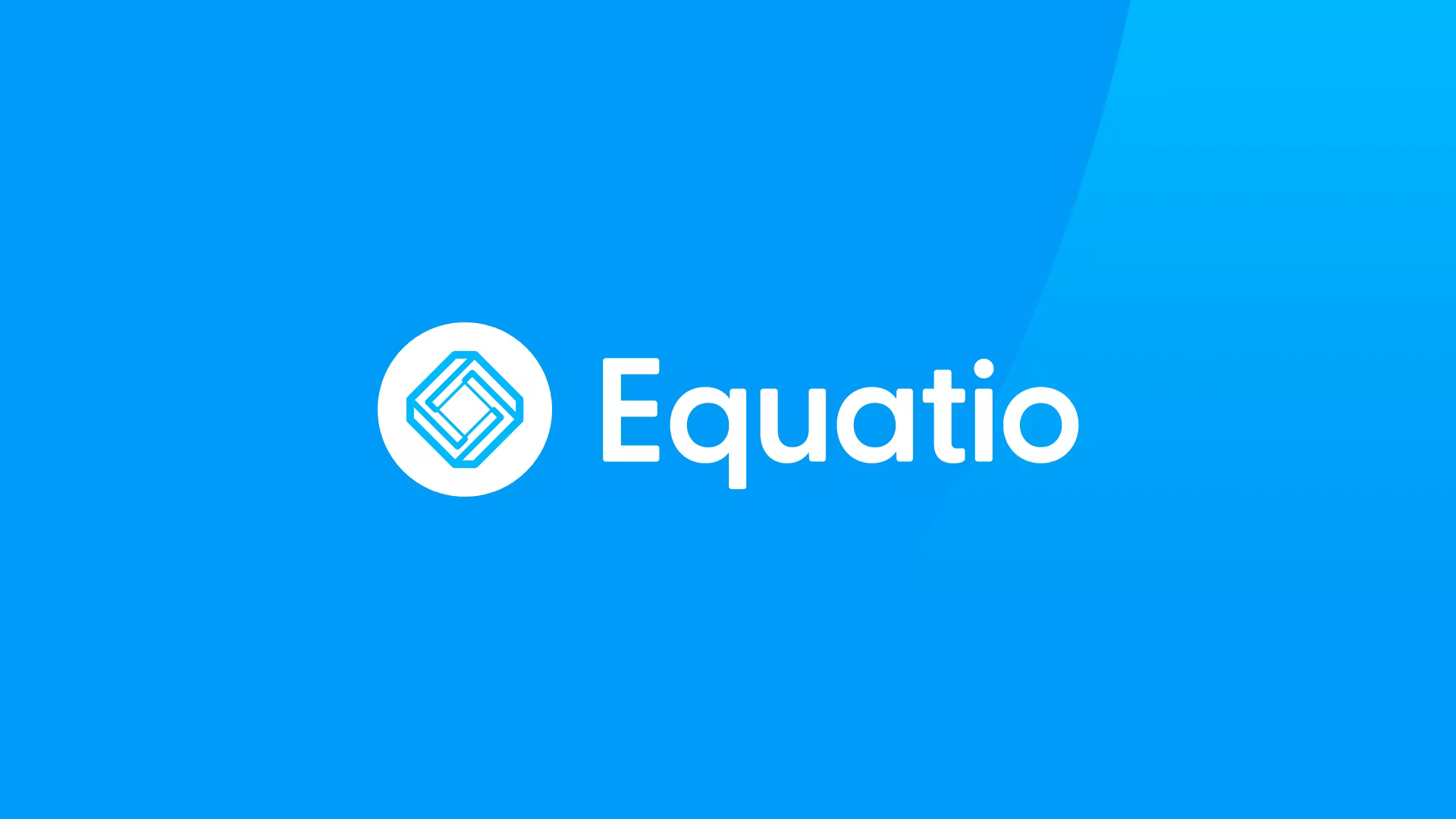Using Technology to Overcome Writing Barriers
from Educators' eZine
For the Taunton Public School District, the annual Massachusetts Comprehensive Assessment System (MCAS) exams were an annual source of anxiety. Too many of our students struggled with the reading and writing questions on the test's content sections.
For example, in 2004, 46 percent of students did not pass the English language arts (ELA) portion of the MCAS tests and in 2005, 49 percent of students did not pass the English language arts portion of the MCAS tests.
It's no mystery why our students were struggling. Of the 22 urban school districts in Massachusetts, Taunton is dead last in state funding. The best funded district in the state spends more than double what Taunton Public Schools has to spend per student. But while we can't boost funding especially overnight, our teachers and administrators found a way to do more with less.
As a district, we began to look into Web-based writing programs that would give our students the practice they needed and motivate them to write more.
For us, we turned to MY Access!, an online learning tool that has measurably helped our students become better readers, writers and thinkers. Since adopting the program, we have seen our students' test scores climb to first among the urban districts in the ELA portion of the MCAS exam, and second in mathematics.
How we climbed to the top is an interesting journey that other educators can replicate. This is our story.
Tools and ideas to transform education. Sign up below.
TEST BACKGROUND
Three of the four types of questions on the MCAS incorporate writing skills. Short-answer questions are included in the mathematics section and require students to write a brief statement. Writing prompts on the English Language Assessment (ELA) require students to create a written composition.
Further, open-response questions are included in all MCAS content areas, especially the ELA, and require students to create rather than recognize a response. These questions were our weakest spot.
Our students were often not writing enough or addressing the actual question. If students did answer them, there were often too many errors in their response, and they would fail to get credit.
Test-day problems had a direct link to the classroom. Teachers struggle with large class sizes today, and grading the multitude of writing assignments in a reasonable amount of time is difficult. It may often take weeks before a completed assignment is graded and returned with feedback. In that lag time, bad writing habits often become ingrained.
As a former English teacher, I know the dilemma that teachers face. I might have seen 140 students in a day and to thoroughly grade and critique hundreds of assignments can take weeks.
WHAT WE NEEDED
Taunton needed an approach to assisting both our students and teachers in the writing process that was affective educationally, yet fit within our limited budget. It had to provide immediate feedback and strengthen the basic skills of punctuation, spelling, and grammar. It also had to enhance logical and critical thinking.
Hiring more teachers wasn't an option for us financially and we didn't find any alternative curriculums proven to deliver the scope of results we needed. That led us to consider new technologies.
Other school districts who faced similar challenges recommended MY Access!, an online writing tool developed by Vantage Learning that allows students to write in to a Web-based program which evaluates their writing and offers suggestions for improvement. Students are then scored on a rubric-based 1 to 6 scale. The program scores focus and meaning, organization, content and development, language use and style, mechanics and conventions, and overall writing proficiency. We decided we wanted to consider the option of this Web-based writing program to help us proactively address our most basic writing problems.
Taunton first began using MY Access! in September 2006. We implemented it first in the 7th grade, and saw marked improvements in student writing after just one school year. The initial phase of the program was piloted among 687 students. In just one year, we saw scores jump almost 10 percent, that the following year the program was expanded.
Currently, approximately 4,500 students in grades 5 through 12 are using MY Access! and it has made a huge difference in Taunton.
Our teachers can now quickly address classroom requirements, and have time to drill into specific issues on an individualized basis. It cuts out grading time, allowing teachers to focus on curriculum, creativity, and critical thinking. Our students are finally excited about writing and are doing it more so as they can also reinforce their lessons from home with the home edition of the program.
The immediate feedback, however, has the most impact. Students see and learn from their mistakes instantly. This is the key that is making them better writers and critical thinkers.
FULFILLING OUR POTENTIAL
The results that we saw from implementing Web-based writing into our curriculum were outstanding. In just one year, Taunton Public Schools had bumped up the ranks to finish first out of the 22 urban districts in the ELA portion of the MCAS exam and second in mathematics.
That's not all. In 2006, the percentage of 10th-grade students who scored “advanced†on the ELA section doubled. We are also one of only three districts in Massachusetts that met No Child Left Behind's Adequate Yearly Progress (AYP) requirement two years in a row.
It is incredibly exciting to see Taunton students not only mastering their writing but most importantly, spending more time in school and enjoying it.
Dr. Arthur Stellar is Superintendent of Taunton Public Schools in Taunton, Massachusetts.
